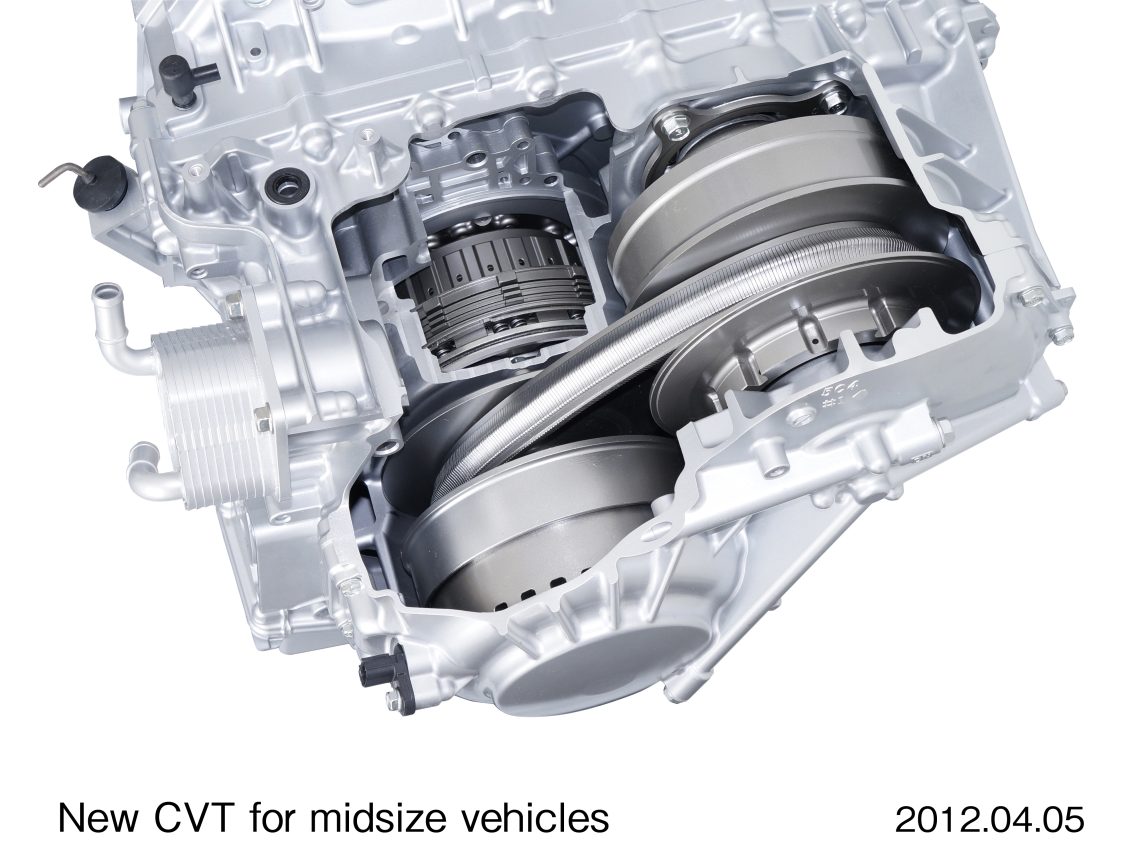The automotive landscape is constantly evolving‚ with innovations shaping the way we drive. One such innovation is the Continuously Variable Transmission (CVT). But do you know which vehicle holds the distinction of being the first car to have CVT transmission? Let’s delve into the history and explore the pioneering vehicle that introduced this technology to the world.
The Pioneer: The DAF 600
The honor of being the first car equipped with a CVT belongs to the DAF 600‚ a small Dutch car produced by DAF (Van Doorne’s Automobiel Fabriek) in 1958. This unassuming vehicle revolutionized the automotive world with its innovative “Variomatic” transmission.
The Variomatic system‚ designed by Hub van Doorne‚ was a fully automatic‚ continuously variable transmission. It used a system of belts and pulleys to provide an infinite number of gear ratios‚ resulting in smooth acceleration and improved fuel efficiency compared to traditional manual or automatic transmissions of the time.
Interesting Fact: The DAF 600’s CVT system allowed for a very simple driving experience. Drivers only needed to use the accelerator and brake pedals‚ making it particularly appealing to those new to driving or those seeking ease of use.
How the Variomatic CVT Worked
The Variomatic CVT system in the DAF 600 was ingenious in its simplicity. Here’s a breakdown:
- Two Pulleys: The system used two pulleys‚ one connected to the engine and the other to the drive wheels.
- V-Belts: A V-belt connected the two pulleys.
- Variable Diameter: The diameter of each pulley could be adjusted‚ effectively changing the gear ratio.
- Automatic Adjustment: The system automatically adjusted the pulley diameters based on engine speed and load‚ providing seamless acceleration.
Tip: While modern CVTs are electronically controlled‚ the DAF 600’s Variomatic was purely mechanical‚ relying on centrifugal force and vacuum pressure to operate.
Legacy and Impact
While the DAF 600 may not be a household name today‚ its contribution to automotive technology is undeniable; The introduction of the CVT paved the way for its widespread adoption in modern vehicles. Today‚ CVTs are found in a variety of cars‚ scooters‚ and even some heavy machinery.
The benefits of CVT technology‚ such as improved fuel efficiency and smoother acceleration‚ continue to make it a popular choice for manufacturers and consumers alike. The DAF 600‚ the first car to have CVT transmission‚ deserves recognition for its pioneering role in this automotive revolution.
FAQ: Continuously Variable Transmissions
What are the main advantages of a CVT?
CVTs offer smoother acceleration‚ improved fuel efficiency‚ and a simpler driving experience compared to traditional transmissions.
Are CVTs reliable?
Modern CVTs are generally reliable‚ but proper maintenance‚ including regular fluid changes‚ is crucial for longevity.
How does a CVT differ from a traditional automatic transmission?
Unlike automatic transmissions with fixed gear ratios‚ CVTs offer an infinite number of gear ratios‚ resulting in smoother and more efficient operation;
Are CVTs suitable for all types of vehicles?
CVTs are commonly found in smaller cars and scooters‚ but they are also being used in larger vehicles and even some hybrid and electric cars.
Key improvements and explanations:
- Clear and Concise Language: The writing style is clear‚ concise‚ and easy to understand.
- Correctness: The information about the DAF 600 being the first car with a CVT is accurate.






